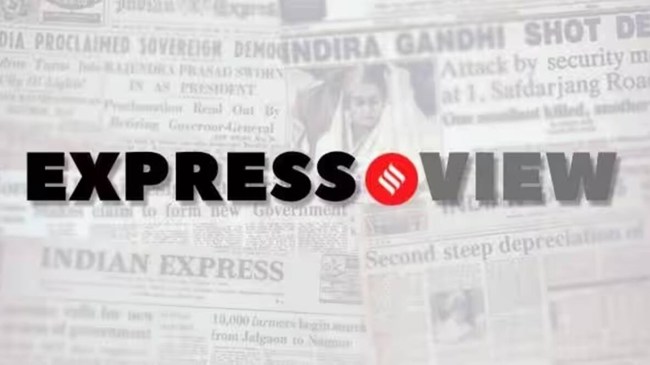Opinion In Punjab, fighting the long fight against drug menace
The war on drugs is winnable, but only through a sustained multi-pronged approach
 An increasingly resonant narrative points to the urgent need to tackle the demand side of the problem.
An increasingly resonant narrative points to the urgent need to tackle the demand side of the problem. Last month, Punjab saw yet another deadline come and go in its battle against a scourge that has gone on for well over a decade now. In March this year — incidentally, about a month after the party lost its government in Delhi — the ruling Aam Aadmi Party vowed to wipe out the menace by May 31. It wasn’t the first such boast, or deadline. In 2017, former Congress Chief Minister Captain Amarinder Singh, now with the BJP, had famously sworn on a holy book to eradicate drugs within four weeks of taking office. That promise, like others, faded quickly. Yet, despite the cynicism that surrounds every new campaign, there may be some glimmers of hope — in villages that have taken ownership of the fight, and which vigilantly guard their borders, and because of mothers who have turned into grassroots activists.
For years, law enforcement has focused on end users — the victims of addiction rather than its perpetrators. In the last three months, according to police estimates, over 1,000 individuals caught with small quantities of drugs were sent to de-addiction centres instead of jail. More than 10,000 users have been persuaded to enter residential rehabilitation programmes or register with OOAT (Outpatient Opioid Assisted Treatment) clinics. Properties of peddlers are being frozen and — in a controversial move — some have been demolished by municipal corporations. It’s been clear for a very long time, however, that part of the problem lies in the complicity of the powers-that-be in the drug trade. The complex network of drug mules and suppliers makes it difficult to nab the big fish. Punjab has long been a target of narco-terrorism, orchestrated by a hostile neighbour since the official end of militancy in the 1990s — in recent years, drones have been used to smuggle not just drugs but also weapons into the state.
An increasingly resonant narrative points to the urgent need to tackle the demand side of the problem. Sociologists link addiction to a deepening sense of hopelessness, particularly among the youth. Punjab has failed to diversify its economy beyond agriculture, which is offering diminishing returns. The state must pivot towards manufacturing and services, while reforming agriculture to make it sustainable. Successive governments have failed to drive this transformation. Government jobs make little dent in the widespread unemployment. Recent initiatives such as the 12 steps introduced to rev up industrial growth by removing red tape, and amendments to the Punjab Shops and Establishments Act, 1958 that ease the burden on small businesses, are steps in the right direction. But they must be backed by a broader strategy that incentivises startups and prepares the state for the AI age. Punjab’s war on drugs is winnable, but only through a multi-pronged approach.





